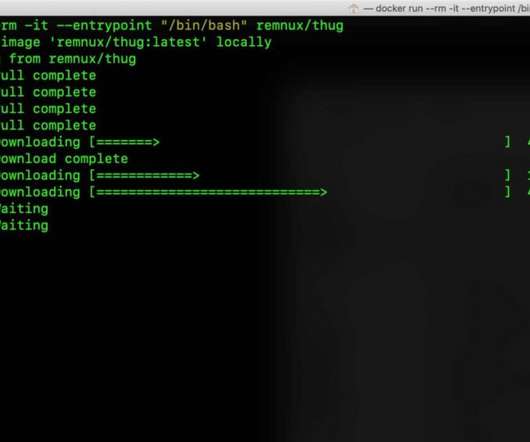REMnux: The Linux Toolkit for Reverse Engineering and Malware Analysis
eSecurity Planet
NOVEMBER 7, 2022
REMnux is a free community distribution that ethical hackers, security researchers, and many other security pros can leverage to build their own labs and speed up malware analysis. As the founder and primary maintainer of REMnux, Lenny Zeltser likes to say: REMnux is for malware analysis as Kali is for penetration testing.















Let's personalize your content